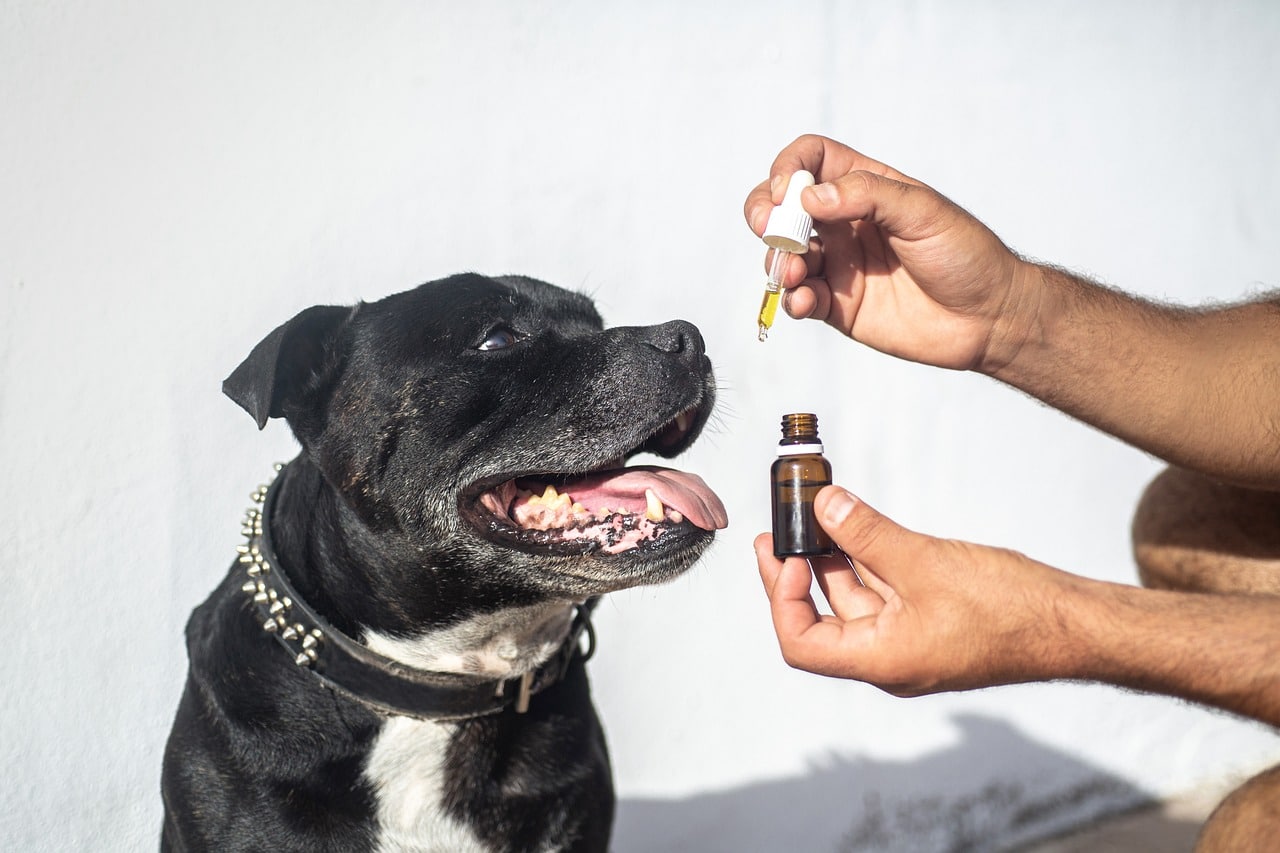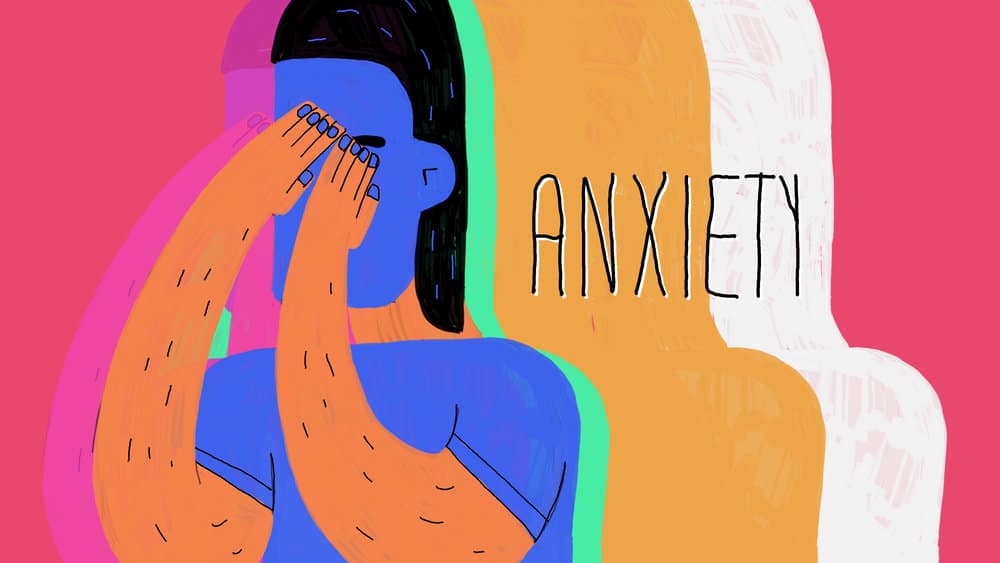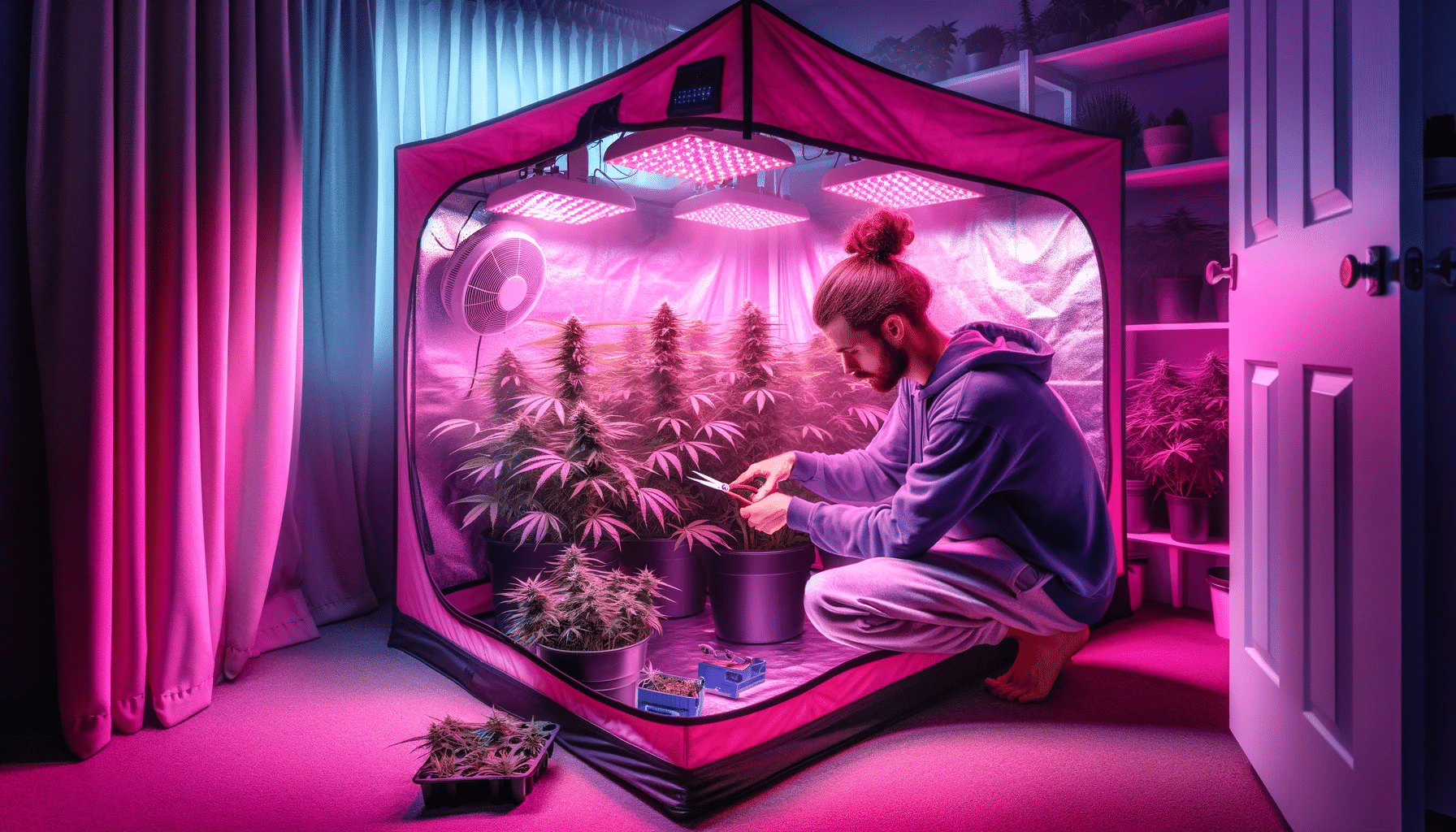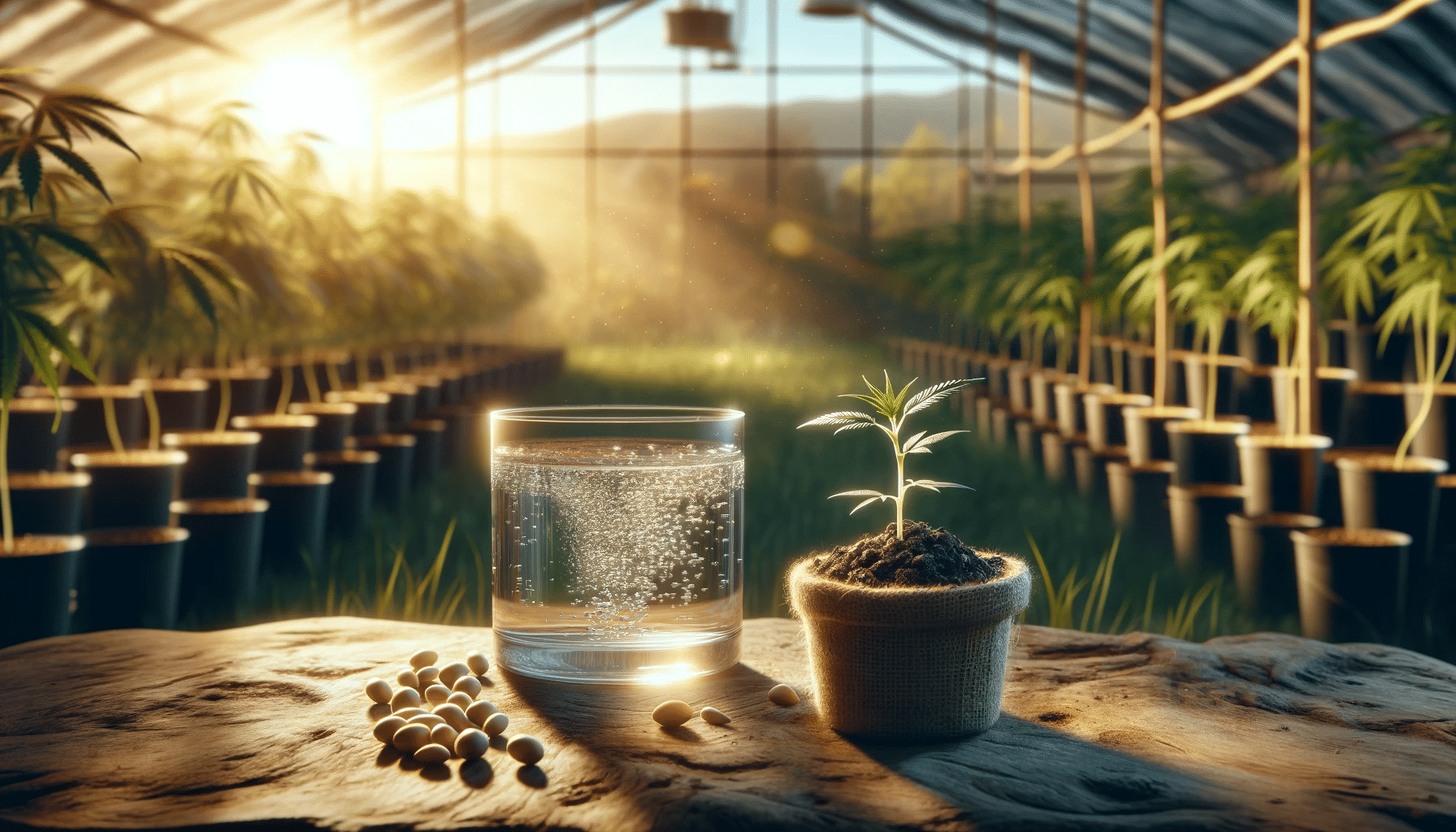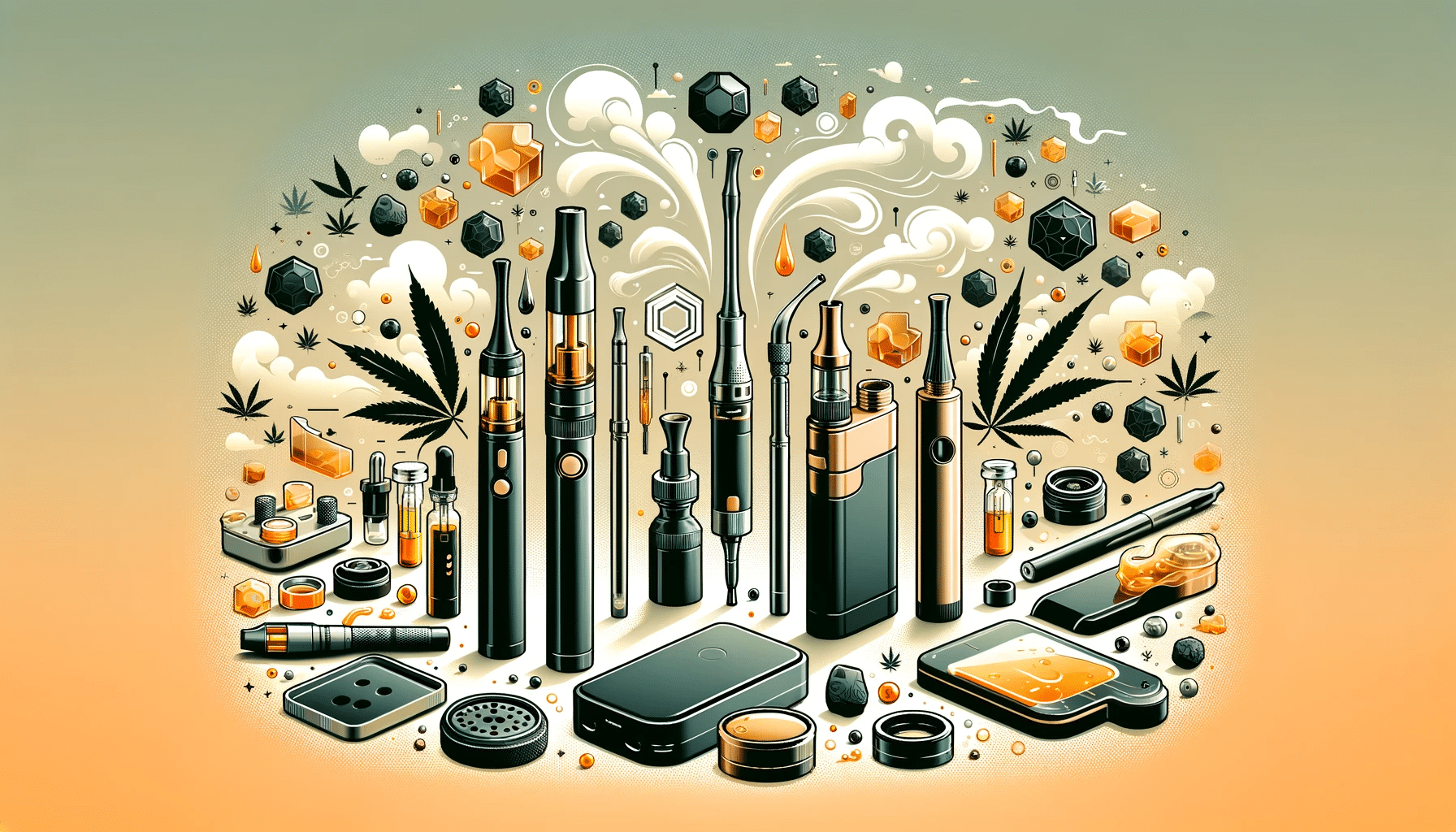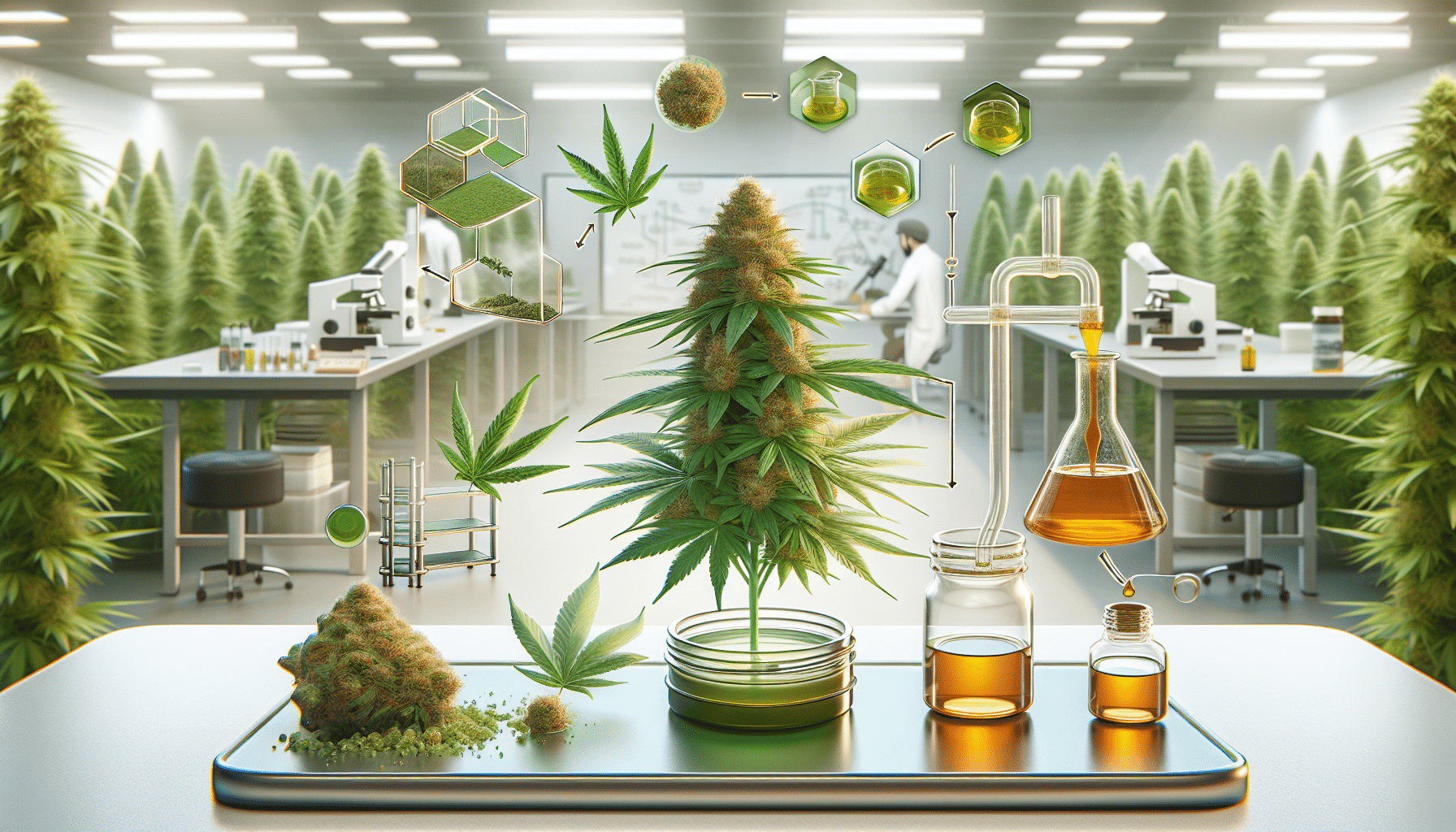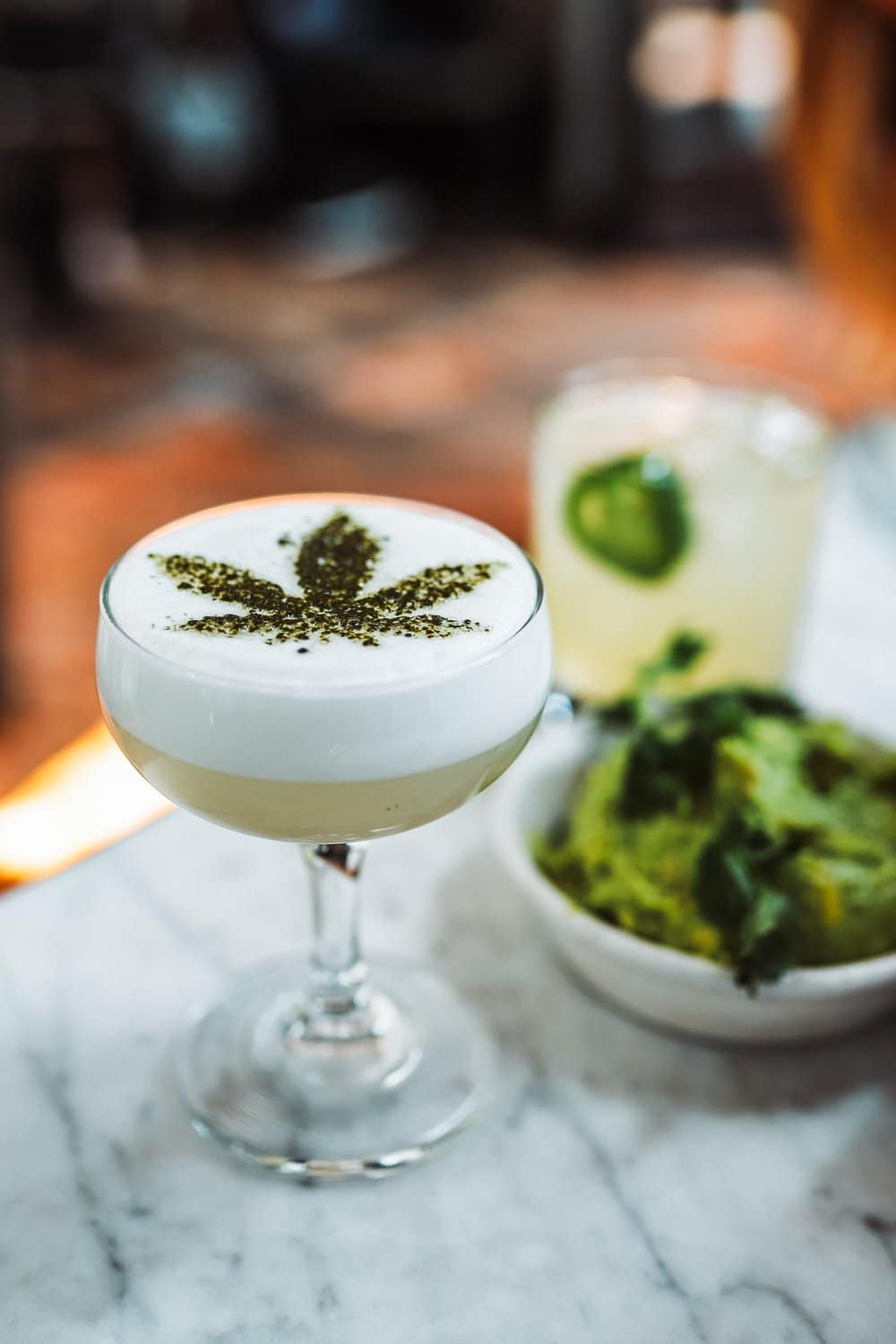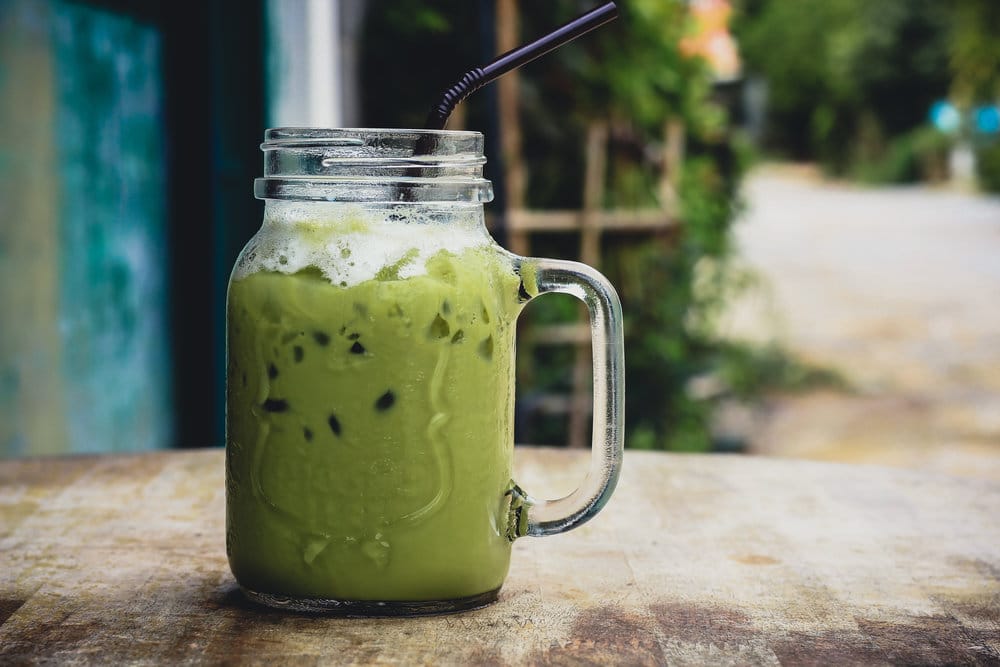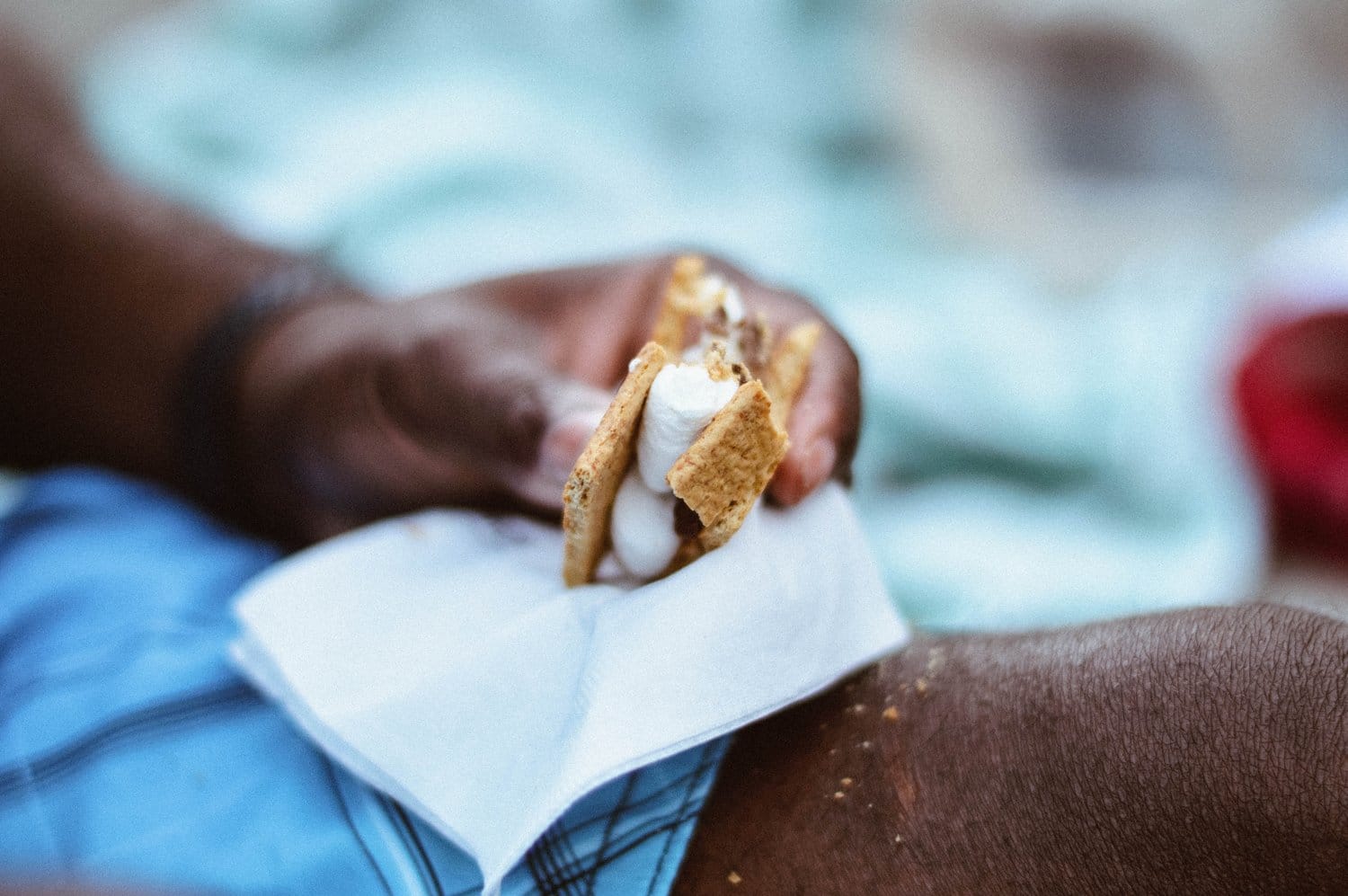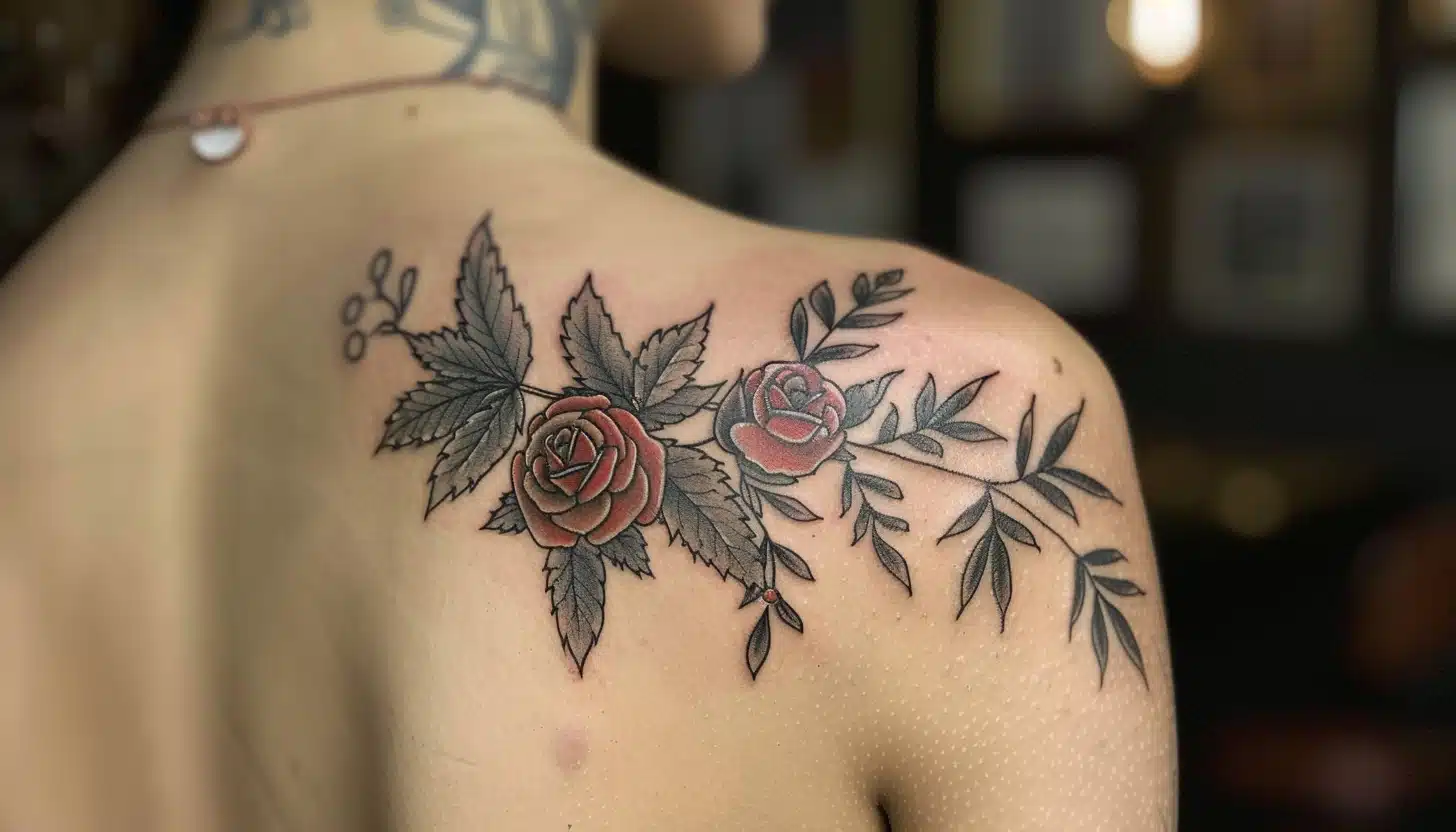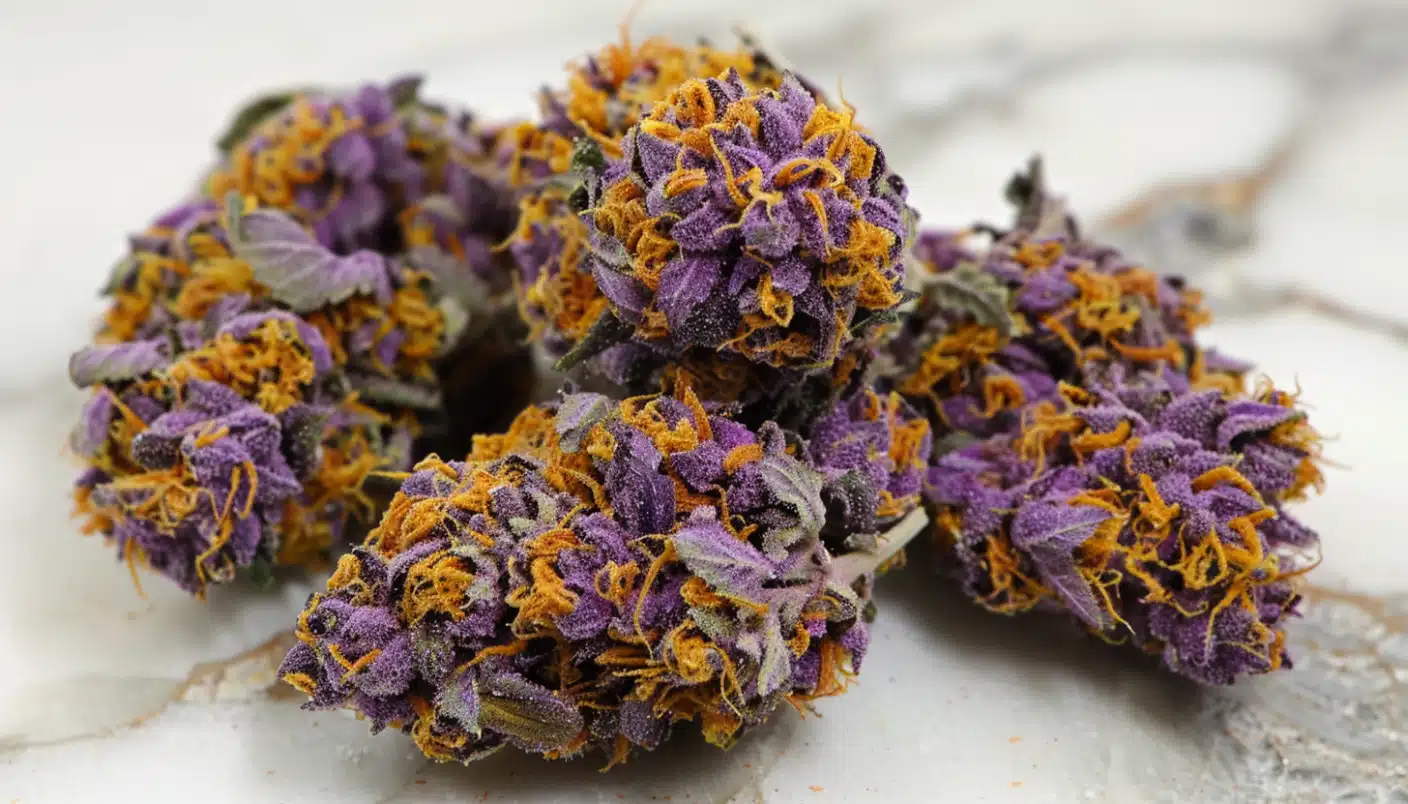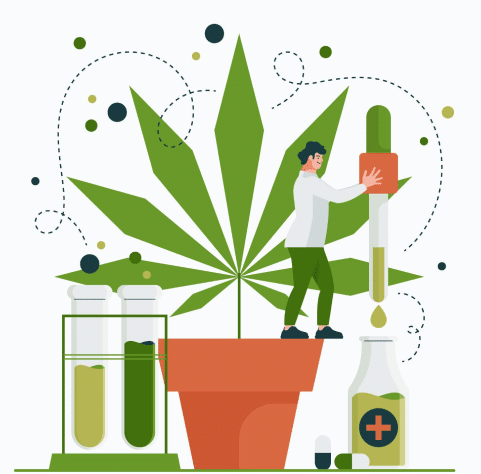By: Tiyana Matliovski
Ralph Waldo Emerson wrote perhaps the most eloquent line there is about flowers in the entire English language – ‘the earth laughs in flowers’.
Flowers have long been admired for their vibrant colors, scents, and beauty, and have been used as instruments of ritual, romance, religion, and the cycle of life and death.

They’ve also been used as a valuable source of food, most notably dried and used to create all sorts of teas.
Eating flowers is less common today, but perhaps you’ve heard of the beautiful green flower that is cherished for its therapeutic and medicinal benefits. Cannabis is of course loaded with many desirable phytonutrients, including minerals, flavonoids, cannabinoids, vitamins, antioxidants, and even fiber.
While cannabis, in my opinion, is right at the top of the list of beneficial edible flowers, it isn’t the only flower with a good track record of beneficial properties.
At a time when food trends are a dime a dozen, the suggestion of edible flowers might sound like an obscure fad. On the contrary, there are many examples from cuisines around the world where picking, cooking, and eating flowers was once common practice. Interestingly, identical recipes of pumpkin flower fritters can be seen as far apart as India and Italy.
Now before you go foraging for your next culinary creations, keep in mind that not all flowers are edible and many are even poisonous.
If you can grow your own that would be ideal, at a minimum be mindful of where you source your flowers from. Those found on sidewalks, in parks, and especially at the florist, are often sprayed with pesticides and chemicals. Do your homework and don’t eat anything you’re not 100% certain about.
We say there are some great benefits to be had in reviving the practice of eating flowers. Below are seven commonly eaten flowers that you’ll definitely want to add to your cooking!
Saffron
Known as the king of spices, saffron is the most expensive spice in the world, taking about 75,000 flowers to make just one pound of saffron. Even Alexander the Great is said to have included this rare spice in his diet after hearing the Persians rave about its medicinal properties.
Health Benefits: Potent antioxidant, fights depression, aphrodisiac, anti-cancer properties.


Chrysanthemum
In Chinese culture, the chrysanthemum is considered a symbol of health and longevity. Chinese medicine categorizes plants based on energetic properties and they believe this flower to have mildly cooling energy helping in the calming of the nerves and in reducing inflammation. Similar to CBD, the anti-inflammatory benefits from chrysanthemum are cumulative.
Health Benefits: Anti-anxiety, anti-inflammation, improves vision, promotes heart health.
Chamomile
This daisy-like flower is commonly consumed in the form of an infused tea made from dried flowers, but the flower is ideal for infusing into other liquids such as milk or cream and can be used in a multitude of recipe recipes. Chamomile has a long list of health benefits and in some studies has been shown to help reduce menstrual pain.
Health Benefits: Treating diabetes, fighting osteoporosis, reducing inflammation, sleep, and relaxation, and treating the common cold.
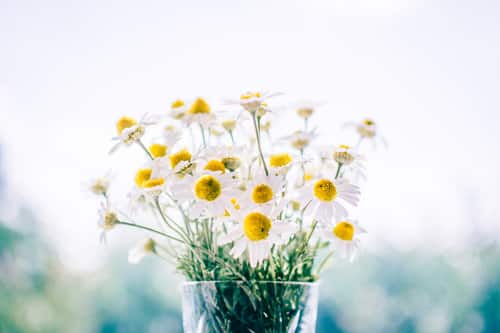
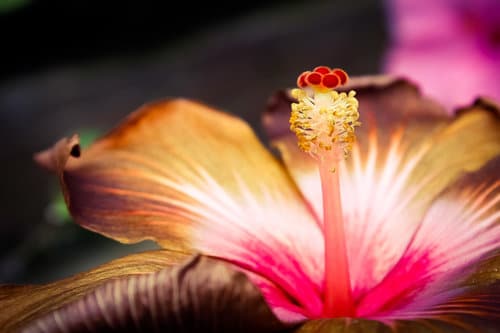
Hibiscus
This tart-tasting flower works great in marinades for meats like lamb or chicken. Hibiscus is rich in antioxidants which are known to help prevent damage and illnesses caused by the buildup of free radicals.
Health Benefits: Antioxidants, and vitamin C, may lower blood pressure and promotes liver health, and weight loss.
Rose
Apart from being the universal symbol of love, roses are probably one of the most widely eaten flowers around the world. Used to make rose water, a sweet perfumed liquid, it can be infused into a variety of desserts, drinks, and medicines. The petals themselves are also great for garnishing and presentation. Jamie Oliver has a wonderful savory recipe for a tomato and rose petal harissa, perfect for fish! Packed with antioxidants and Vitamin C these flowers have been part of the human diet as far back as the ancient Greeks and the Romans.
Health Benefits: Helps soothe skin irritation, helps heal cuts and infections, mood enhancer, helps digestion, anti-aging properties.
Lavender
Part of the mint family, lavender is well known for its fragrant properties, as such, it can be a little tricky to cook with. If you’re not careful you’re savory or sweet dessert can quickly turn into a soap-flavored mistake so proceed with caution. Lavender can be used to make lavender-roasted potatoes, lavender mojitos, or even
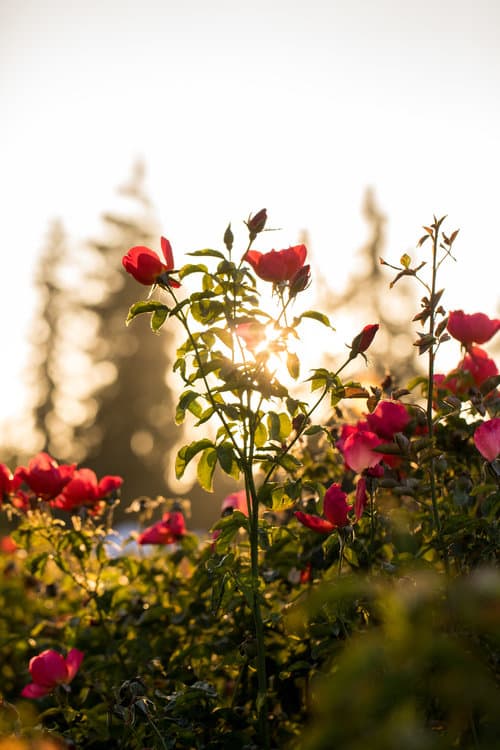
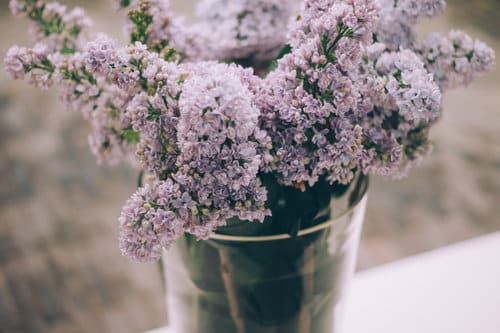
a lavender marinade ideal for roast meats, but it should be used sparingly when cooking with the flower or using it as a garnish. The flower has inherent antiseptic and anti-inflammatory benefits, is known to be rich in Vitamin A, which promotes eye health, and it also contains calcium and iron, which helps develop stronger bones and healthier blood respectively.
Health Benefits: Fights Insomnia, Antiseptic, Helps with bloating, promotes relaxation, helps fight headaches, and is the source of antioxidants.
Cannabis
This flower is perhaps the most resourceful of them all. Containing more than 300 compounds, the cannabis flower has been touted as a super plant. Cannabis flowers, when consumed raw, are non-intoxicating and are a great source of essential nutrients. As the sought-after cannabinoids like THC and CBD are fat soluble, the most common way of cooking with this flower is infusing it with an oil or a butter, however, juicing of raw cannabis is a popular trend in some circles.
Health Benefits: Fights depression, helps reduce anxiety, mood enhancer, reduces nausea and vomiting, relief from insomnia and pain, anti-bacterial, antifungal – and many more.
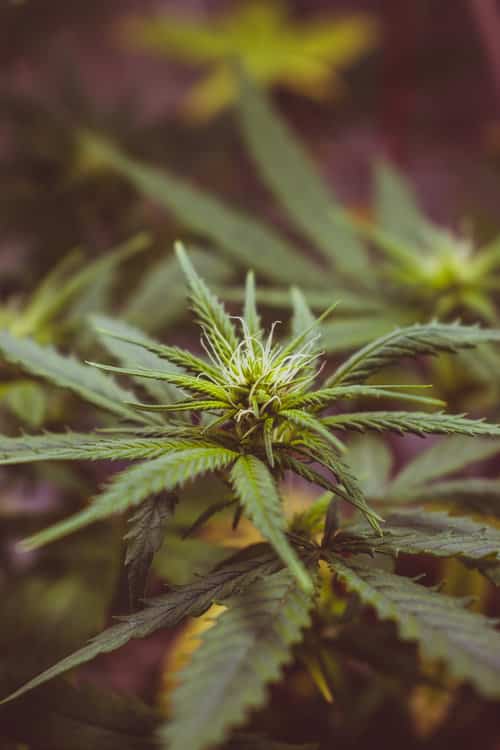
It is worth saying again, do your homework before you put anything in your mouth. If you do plan on harvesting your own edible flowers, head out in the morning for ultimate freshness. They are best preserved in cold water until they are ready to be eaten make sure you wash your flowers thoroughly and check for insects before you toss them into your salads. You can also sauté them in butter, and use them in tea, cocktails, jams, and desserts – the options are endless.
As a bonus flowers are generally light on calories and packed with essential nutrients – so you can add it to your slice of chocolate cake without feeling like you’re overindulging. People with allergies however are advised to proceed with caution as flowers can flare up allergies. Cutting out the stamens and pistils and only using the petal for cooking is one way of reducing allergic properties.

